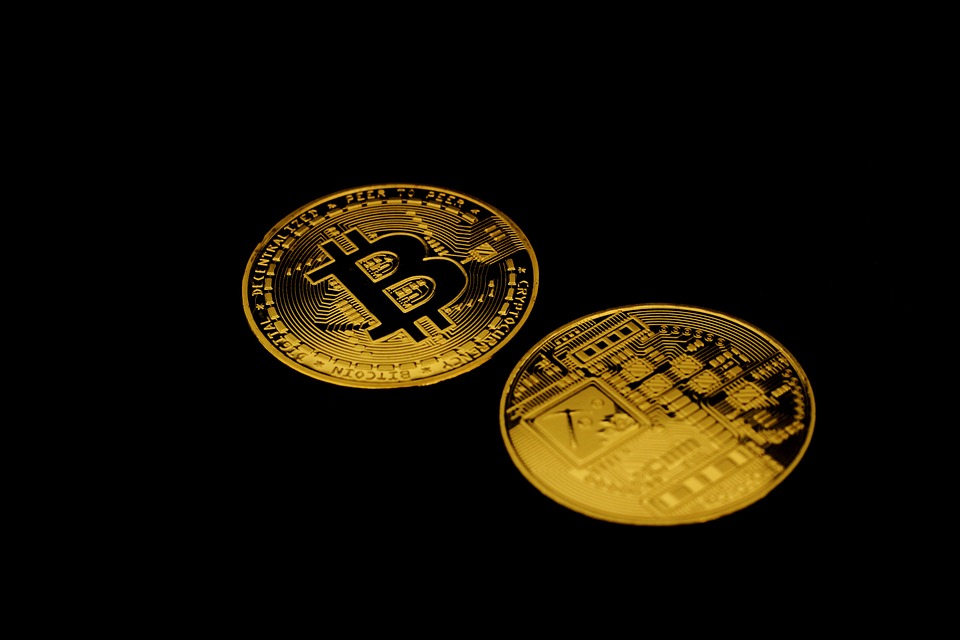As the world continues to embrace digital currencies, Bitcoin remains at the forefront of this financial revolution. For many new investors, the idea of buying Bitcoin can seem daunting. However, with the right knowledge and tools, the process can be made simple and straightforward. This comprehensive guide aims to demystify Bitcoin purchasing for beginners, ensuring you’re well-equipped to take your first step into the world of cryptocurrency.
Understanding Bitcoin
Before diving into the buying process, it’s crucial to understand what Bitcoin is. Launched in 2009 by an anonymous entity known as Satoshi Nakamoto, Bitcoin is a decentralized digital currency that operates on a technology called blockchain. Unlike traditional currencies issued by governments (fiat currencies), Bitcoin is created through a process called mining and can be transferred electronically between users without the need for intermediaries like banks.
Step 1: Educate Yourself
Knowledge is power. Before investing in Bitcoin, take some time to educate yourself about the cryptocurrency market, the technology behind it, and the risks involved. Consider the following topics:
- How the blockchain works
- Volatility and market fluctuations
- Security best practices
- The different ways to store Bitcoin (hot wallets vs. cold wallets)
Step 2: Choose the Right Exchange
To buy Bitcoin, you’ll need to choose a cryptocurrency exchange. This is a platform where you can buy, sell, and trade cryptocurrencies. When selecting an exchange, consider the following factors:
- Security Features: Choose an exchange with robust security measures like two-factor authentication and cold storage for funds.
- User Experience: Look for a platform with an intuitive interface, especially if you’re new to cryptocurrencies.
- Fees: Different exchanges have varying fee structures for deposits, withdrawals, and trading. Make sure to compare these before making a decision.
- Supported Payment Methods: Check whether the exchange allows purchases with bank transfers, credit cards, or other payment methods.
- Regulatory Compliance: Ensure the exchange complies with local regulations and has a good reputation in the industry.
Popular exchanges include Coinbase, Binance, Kraken, and Bitstamp. Make sure to read reviews and conduct your own research before committing to a platform.
Step 3: Create an Account
Once you’ve chosen an exchange, the next step is to create an account. This typically involves providing some personal information, such as your name, email address, and phone number. Most exchanges also require you to verify your identity by submitting identification documents, a process known as KYC (Know Your Customer).
Step 4: Fund Your Account
After your account has been verified, you’ll need to fund it. Different exchanges offer various funding options, including:
- Bank Transfers: Generally have lower fees but may take several days to clear.
- Credit/Debit Cards: Often quicker to process but might incur higher fees.
- Cryptocurrency Deposits: If you’re already holding other cryptocurrencies, you can transfer them into your exchange account.
Select the option that best suits your needs and business plan.
Step 5: Place Your Order
With your account funded, you’re ready to purchase Bitcoin. Most exchanges offer different types of orders:
- Market Order: This allows you to buy Bitcoin at the current market price. It’s quick and easy but doesn’t guarantee a specific price, as the market is constantly fluctuating.
- Limit Order: With this option, you specify the price at which you’re willing to buy Bitcoin. This way, the order will only execute when the market reaches that price, giving you more control over your investment.
Select your preferred type of order and enter the amount of Bitcoin you wish to purchase.
Step 6: Store Your Bitcoin Safely
Once your purchase is complete, you’ll need to store your Bitcoin securely. Many exchanges offer built-in wallets, but it’s generally safer to transfer your Bitcoin to a personal wallet. There are several types of wallets available:
- Hot Wallets: These are connected to the internet and are more convenient for frequent transactions but are also more susceptible to hacks.
- Cold Wallets: These include hardware wallets and paper wallets. They’re not connected to the internet and offer better security for long-term storage.
Choose a wallet based on your investment strategy, and make sure to follow best practices for securing your assets.
Step 7: Stay Informed and Monitor Your Investment
After buying Bitcoin, it’s essential to stay informed about market trends, regulatory developments, and economic factors that could impact the price of Bitcoin. It’s also advisable to regularly monitor your investment and reassess your strategy as needed.
Final Thoughts
Investing in Bitcoin can be an exciting opportunity, but it comes with its own set of risks and complexities. By following this comprehensive guide, you can simplify the purchasing process and make informed decisions as you embark on your cryptocurrency journey. Remember, the key to successful investing lies in education, patience, and a willingness to adapt. Happy investing!


